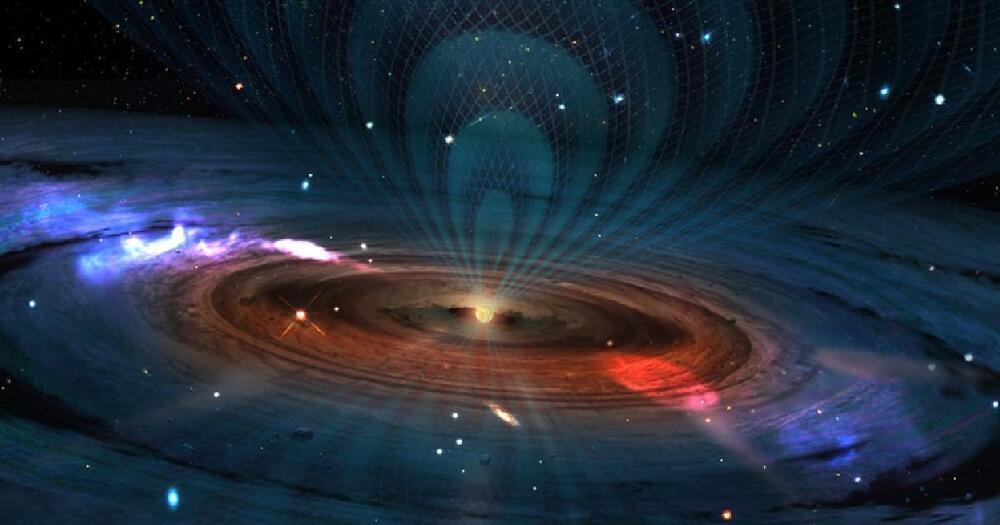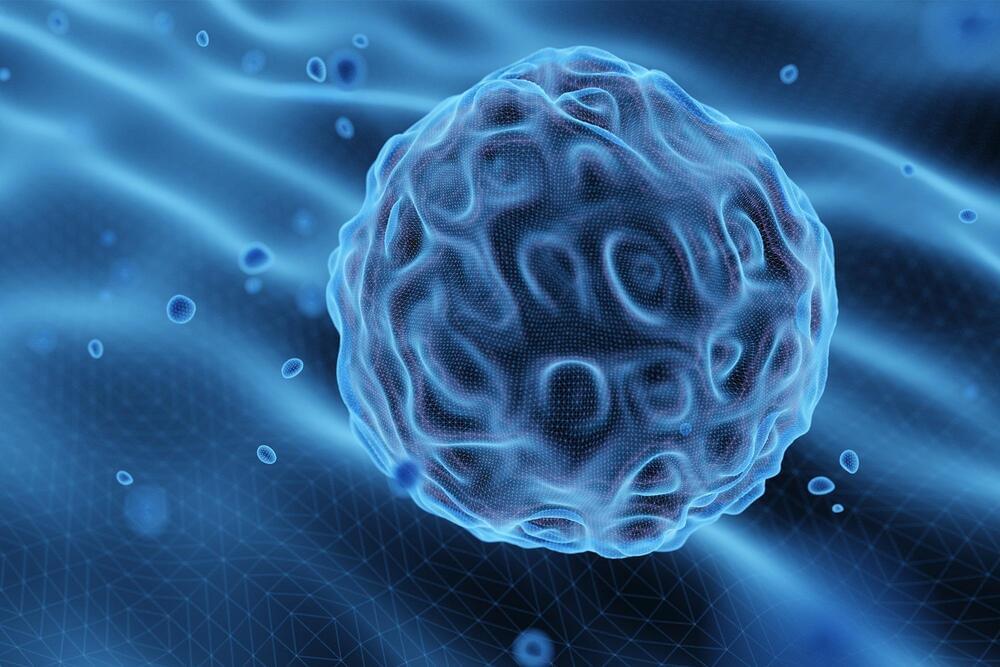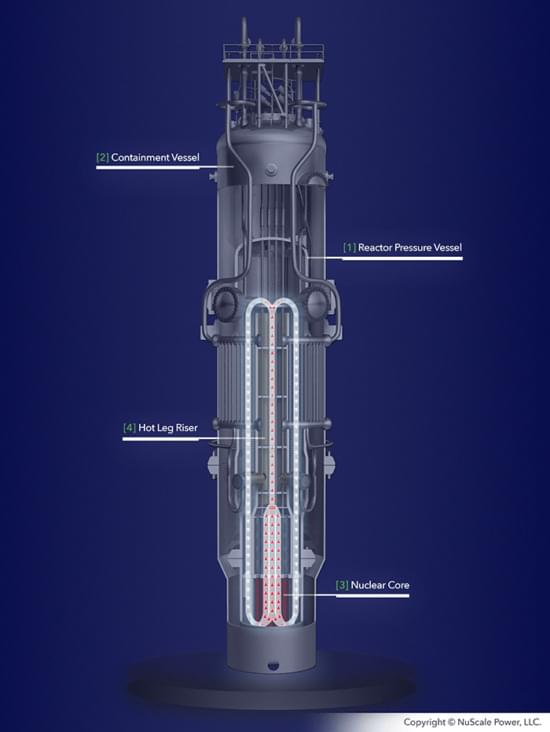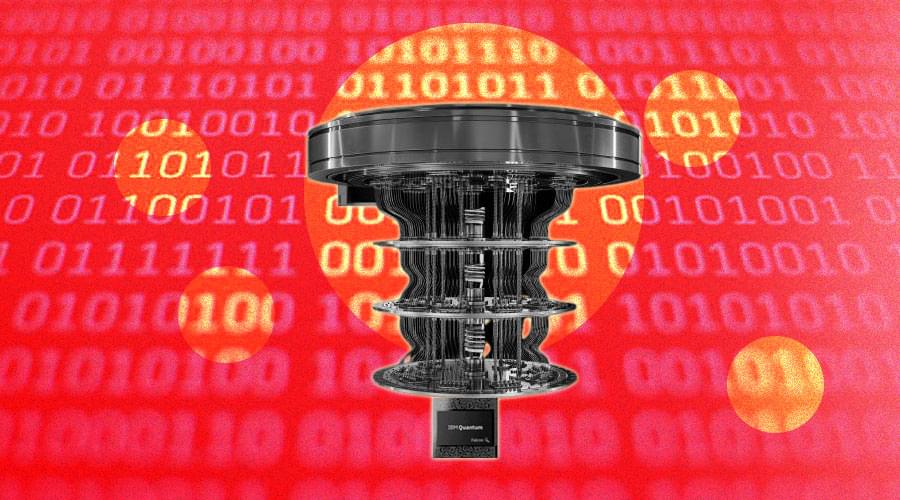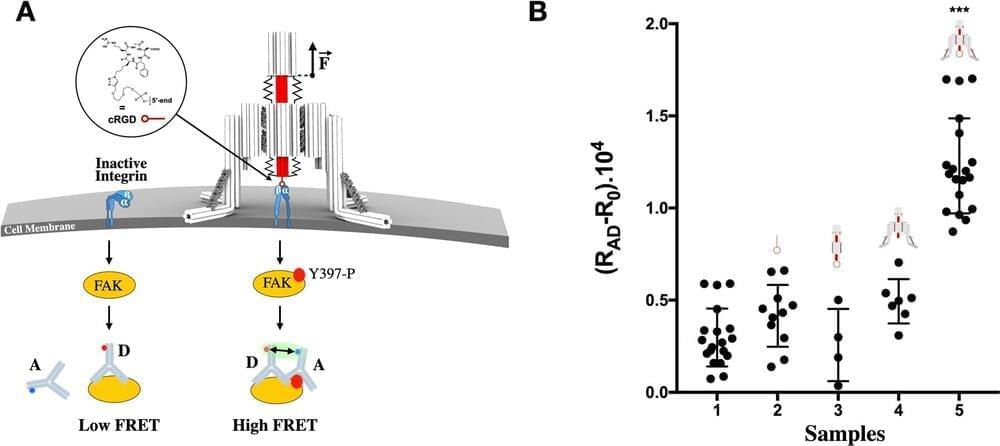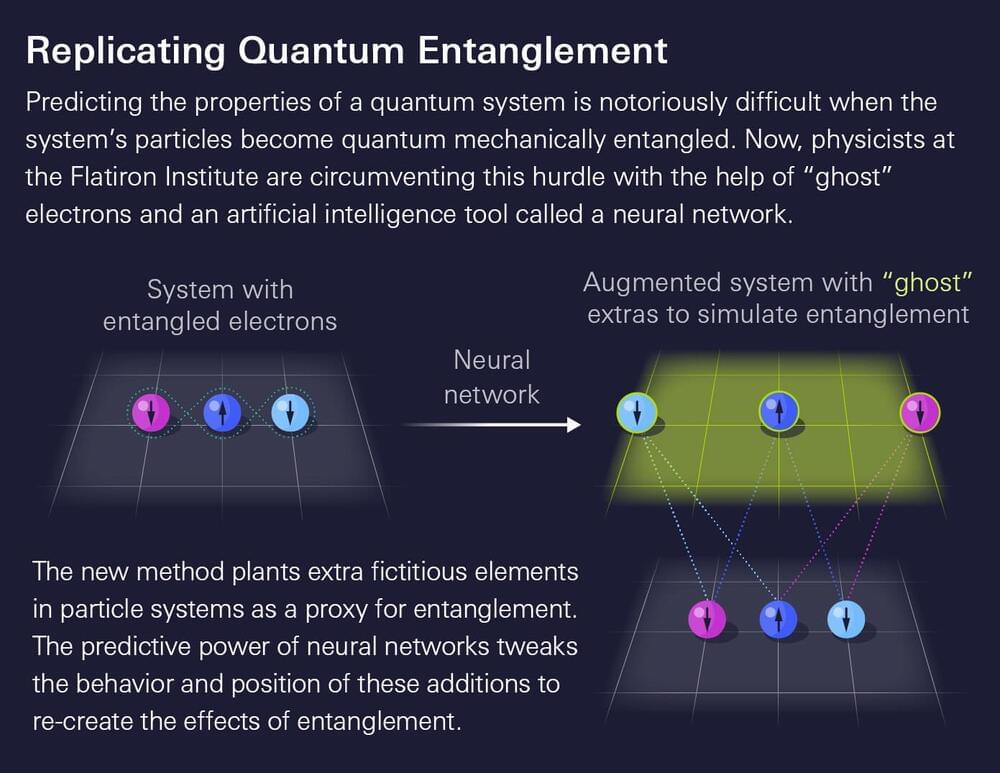Space is the coolest.
Outer space is already an essential part of America’s ability to fight wars. Our military depends on satellites for many things, such as communications, reconnaissance and targeting information. See more in Season 4, Episode 8, “Space Wars.”
#TheUniverse.
Subscribe for more from The Universe and other great The HISTORY Channel shows:
http://histv.co/SubscribeHistoryYT
Find out more about the show and watch full episodes on our site:
An organism uses programmed cell death as a critical tool to maintain its health. Various stress responses are triggered when a cell does not operate as it should. These responses aim to bring back the original cell function.
One example is the process known as autophagy, in which a cell partly digests itself in order to acquire energy that it can utilize for its own repair. Should these efforts fail, the cell dies. This enables the body to combat conditions including infections, diabetes, cancer, and neurodegeneration.
A new hypothesis proposes that a large fraction of dark matter may be bound up inside tight balls the size of Neptune — so-called dark matter planets.
Nuclear power’s revival is being led by small modular reactor technology.
Small Modular Reactors or SMRs may revive the nuclear fission reactor industry around the world. These nuclear power plants are a fraction of the size of existing facilities. They take less time to build and have safety features that make a Fukushima or Chornobyl-like event next to impossible.
As the world pivots from burning fossil fuels to generating electricity and heat, SMRs may have a role to play to get the global economy to carbon neutrality or what is referred to as the net zero 2050 target date.
Here in North America, a number of interesting developments are underway including feasibility studies, contracts, and regulatory approvals for SMR builds and deployment.
View insights.
The University of Innsbruck, Austria, realized a quantum computer that breaks out of this paradigm and unlocks additional computational resources, hidden in almost all of today’s quantum devices. Computers are well-known for operating with binary information, or zeros and ones, which has led to computers powering so much. This new approach results in more computational power with fewer quantum particles.
Quantum computers work with more than zero and one and digital computers work with zeros and ones, also called binary information. Quantum computers are also designed with binary information processing in mind. In fact, it was so successful that computers now power everything from coffee makers to self-driving cars, and it’s hard to imagine life without them. Restricting researchers to binary systems prevent these devices from living up to their true potential.
The research team succeeded in developing a quantum computer that can perform arbitrary calculations with so-called quantum digits, thereby unlocking more computational power with fewer quantum particles. Unlike the classical method, the new method that utilizes more states does not negatively impact the reliability of the computer. The researchers have developed a quantum computer that can make use of the full potential of these atoms.
Unlike the moon’s surface, which heats up to 260 degrees Fahrenheit (127 degrees Celsius) during the day and drops to minus 280 degrees Fahrenheit (minus 173 degrees Celsius) at night, these lunar pits in the Mare Tranquillitatis region have a human-friendly, stable temperature.
(Mare Tranquillitatis, commonly known as the Sea of Tranquility, is where Apollo 11, the first mission to put humans on the moon, landed due to its smooth and relatively flat terrain.)
The data comes from an analysis of images taken by NASA’s Lunar Reconnaissance Orbiter spacecraft and computer modeling.
A new system for keeping body tissues functional after death could help make more organs available for transplant.
Constructing a tiny robot from DNA and using it to study cell processes invisible to the naked eye… You would be forgiven for thinking it is science fiction, but it is in fact the subject of serious research by scientists from Inserm, CNRS and Université de Montpellier at the Structural Biology Center in Montpellier. This highly innovative “nano-robot” should enable closer study of the mechanical forces applied at microscopic levels, which are crucial for many biological and pathological processes. It is described in a new study published in Nature Communications.
Our cells are subject to mechanical forces exerted on a microscopic scale, triggering biological signals essential to many cell processes involved in the normal functioning of our body or in the development of diseases.
For example, the feeling of touch is partly conditional on the application of mechanical forces on specific cell receptors (the discovery of which was this year rewarded by the Nobel Prize in Physiology or Medicine). In addition to touch, these receptors that are sensitive to mechanical forces (known as mechanoreceptors) enable the regulation of other key biological processes such as blood vessel constriction, pain perception, breathing or even the detection of sound waves in the ear, etc.
Physicists are (temporarily) augmenting reality to crack the code of quantum systems.
Predicting the properties of a molecule or material requires calculating the collective behavior of its electrons. Such predictions could one day help researchers develop new pharmaceuticals or design materials with sought-after properties such as superconductivity. The problem is that electrons can become “quantum mechanically” entangled with one another, meaning they can no longer be treated individually. The entangled web of connections becomes absurdly tricky for even the most powerful computers to unravel directly for any system with more than a handful of particles.
Now, quantum physicists at the Flatiron Institute’s Center for Computational Quantum Physics (CCQ) in New York City and the École Polytechnique Fédérale de Lausanne (EPFL) in Switzerland have sidestepped the problem. They created a way to simulate entanglement by adding to their computations extra “ghost” electrons that interact with the system’s actual electrons.
